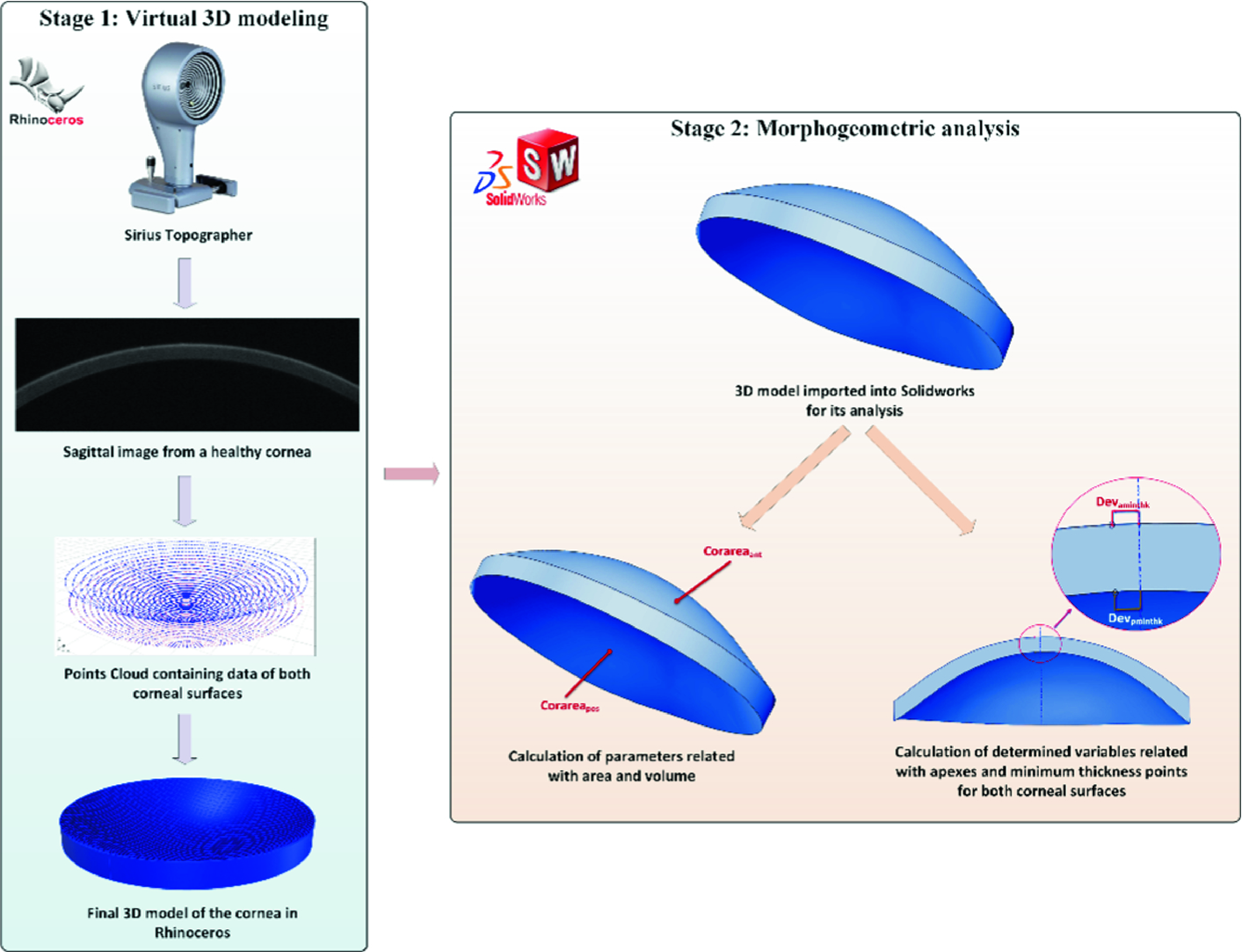

The “Configuration Specific” tab allows users to override custom property values based on which configuration is selected. SOLIDWORKS attempts to apply these properties globally across every configuration within the file. The “Custom” tab is the custom properties for the file. The first is the “Summary” tab, where users can add document properties like the author name, key words and comments. Users can access a part or assembly’s file properties by going to the “File” dropdown menu and selecting “Properties.” The file’s property window has three tabs.

In the tutorial video above, we demonstrate these ideas using a step stool part in small, medium and large configurations. This is especially true when leveraging the information elsewhere, like linking to notes in the bill of materials (BOM). There are a few important things to keep in mind when storing values in the file properties of a part or assembly. In the video tutorial above, we’ll walk through how this can be done. These can be easily managed in SOLIDWORKS using file properties. This could include a vendor used for a purchased component. Using SOLIDWORKS, it is not uncommon for users to want to store more information than just 3D geometry inside of CAD files.įor example, many users like to keep track of part numbers, which detail a description of the part for a bill of materials (BOM) and other relevant production information.


 0 kommentar(er)
0 kommentar(er)
